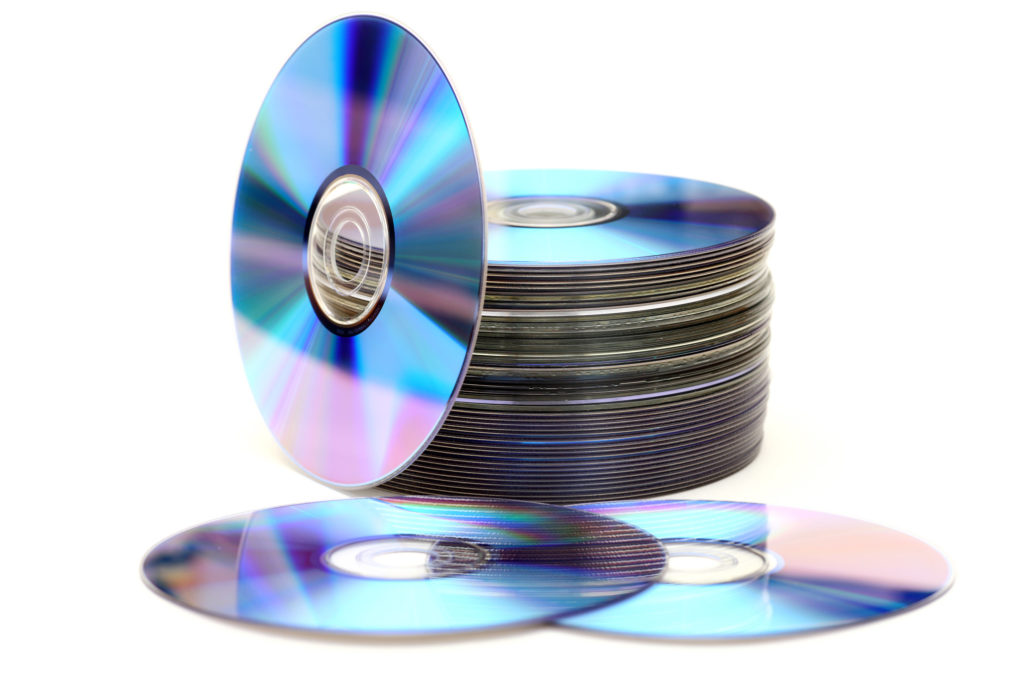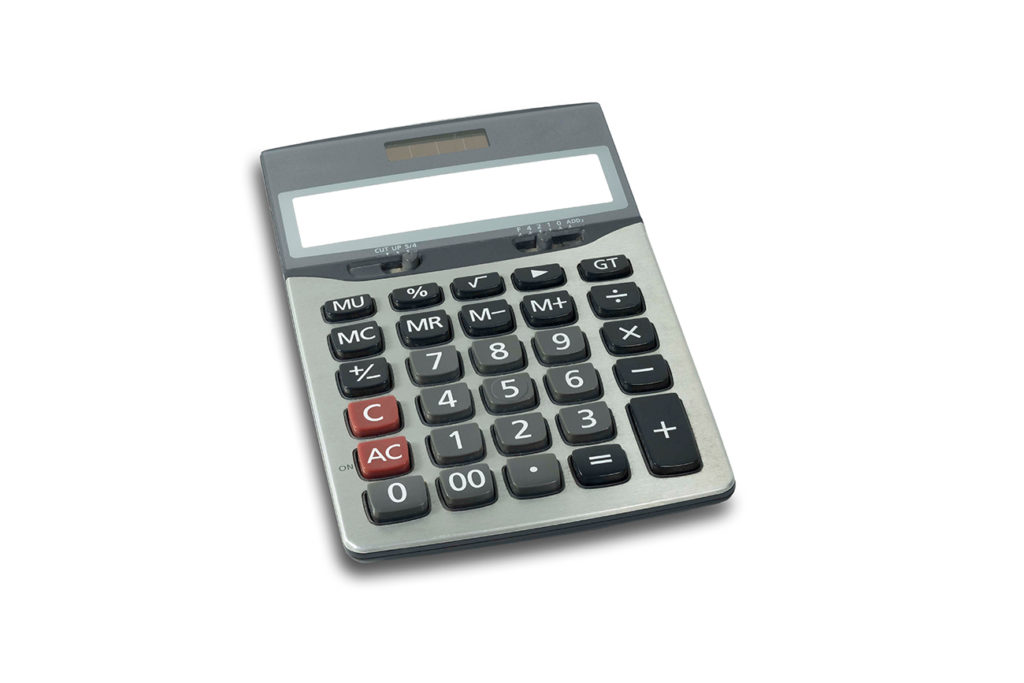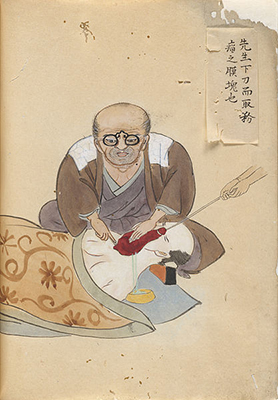
Amazing Pioneering Concepts and Inventions by the Japanese
Japan is known for creating some of the best state of the art technologies of our time. But not everyone is aware of the other groundbreaking ideas and inventions the Japanese have contributed for centuries to our everyday existence from the field of science to literature.
Here are just a few pioneering concepts and inventions by the Japanese.
Portable calculator – Before we had pocket calculators, an abacus was the calculating tool for centuries before the written numeral system was used. The abacus is still used today by many merchants and traders in parts of the world such as Africa and Asia.
In addition, the first pocket calculators were initially marketed in Japan in 1970 and soon spread all around the globe. The first portable calculator models were Sharp QT-8B “micro Compet” and Sanyo ICC-0081 “Mini Calculator.” Soon, smaller and more portable calculators emerged that weighed much less and boasted of technologies such as fluorescent displays and rechargeable NiCad batteries. The first truly handy and pocket-sized calculator was the Busicom LE-120A, introduced in 1971.
Concept of the flying saucer – an iconic science fiction symbol, the flying saucer is mentioned in the 10th-century Japanese narrative The Tale of the Bamboo Cutter. It describes a round flying machine that resembles a flying saucer.
Image from “Surgical Casebook” by Hanaoka Seishu.
General anesthesia – Hanaoka Seishū (華岡 青洲, October 23, 1760 – November 21, 1835) was the first surgeon to use general anesthesia in 1804 while performing surgery. He learned traditional Japanese medicine and Dutch surgical techniques and successfully carried out experimental procedures at the time such as the removal of necrotic bone, tumor excision, and some types of plastic surgery.
Concept of time travel – the earliest example of a story involving time travel in any literary work can be traced back to the 8th- century tale of Urashima Tarō (浦島 太郎). The tale tells us the story of a Japanese fisherman who rescues a turtle and is rewarded a visit to the palace of the Dragon God, Ryūjin at Ryūgū-jō, below the sea where he stays for three days. When he resurfaces and returns to his village, he discovers he is 300 years in the future.
Blu-ray Disc – Shuji Nakamura invented the Blu-ray Disc, which makes use of blue laser diodes used by Sony. It applied UDO (Ultra Density Optical) and DVR Blue (together with the company, Pioneer), a format of rewritable discs which eventually became the Blu-ray Disc. Flash memory, (both NOR and NAND types) was invented by Dr. Fujio Masuoka .

